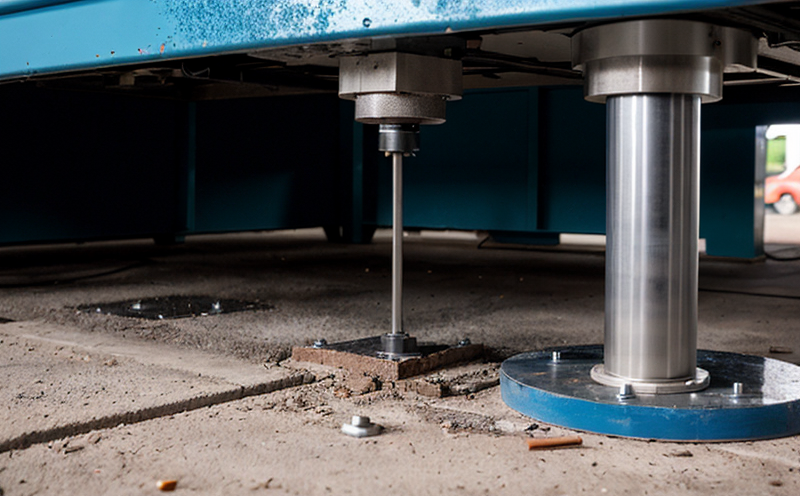Residual Stress & Distortion Testing
In additive manufacturing (AM) and 3D printing, residual stress and distortion are critical factors that can significantly impact the performance, quality, and reliability of parts. Residual stresses occur within a material after processing or fabrication due to internal strains from various sources such as thermal gradients, phase transformations, and mechanical loading.
These stresses can lead to several issues including warping, cracking, and reduced dimensional accuracy. Distortion refers to the unwanted deformation of components during manufacturing processes which can compromise part integrity and functionality. Accurate measurement and control of residual stress and distortion are essential for ensuring product quality and safety.
The testing methodologies used in this field include X-ray diffraction (XRD), neutron diffraction, positron annihilation spectroscopy (PAS), and laser-induced breakdown spectroscopy (LIBS). Each method provides unique insights into the internal structure of materials allowing precise quantification of residual stresses. For distortion measurement, non-contact optical methods like digital image correlation (DIC) or strain gauges are commonly employed.
Compliance with international standards such as ISO 15606-2:2008 for AM and ISO/ASTM 52903-1:2014 on the measurement of residual stresses in metallic components ensures that testing practices align with industry best practices. Understanding these standards helps ensure accurate interpretation and reporting of results.
Proper sample preparation is crucial for reliable test outcomes. Samples must be representative of the final product geometry and should undergo similar processing conditions where applicable. Specimens may need to be heat treated or annealed depending on the material type before testing to achieve stable microstructures.
| Method | Principle | Advantages | Disadvantages |
|---|---|---|---|
| X-ray Diffraction (XRD) | Uses X-rays to probe crystal structures | Precise, versatile, widely available | Sensitive to surface conditions |
| Neutron Diffraction | Involves neutron scattering from atoms | High sensitivity, excellent for deep layers | Expensive equipment |
| PAS | Bases on electron lifetime measurements | No radiation exposure required | Limited depth of analysis |
For distortion testing, DIC offers non-invasive evaluation capabilities with high precision and repeatability. It captures detailed images of deformed surfaces which can then be processed to calculate strain distributions accurately.
Benefits
- Enhances product reliability by identifying and mitigating potential failures due to internal stresses.
- Promotes safer manufacturing processes by detecting and rectifying distortion issues early in the production cycle.
- Aids in optimizing design parameters based on real-world stress data leading to lighter, stronger components without compromising safety.
- Facilitates compliance with regulatory requirements ensuring adherence to quality standards.
International Acceptance and Recognition
Residual stress and distortion testing is recognized globally through various international standards. ISO/ASTM 52903-1:2014 provides guidelines for the measurement of residual stresses in metallic components while ASTM E832-16 offers recommendations on laser-induced breakdown spectroscopy as a tool for assessing metallurgical properties.
These standards not only guide testing protocols but also promote consistency across different laboratories worldwide. Adoption of these practices ensures that manufacturers and researchers can compare results confidently, fostering trust among stakeholders within the industry.
Use Cases and Application Examples
| Industry Sector | Application Example | Objective |
|---|---|---|
| Automotive | Testing of engine cylinder liners subjected to high pressure and temperature variations. | To ensure durability under extreme operating conditions without failure from internal stresses. |
| Aerospace | Analysis of turbine blades used in jet engines. | To guarantee optimal performance while maintaining structural integrity despite high thermal cycling. |
In the aerospace sector, controlling residual stresses is paramount for preventing catastrophic failures during flight. In the automotive industry, minimizing distortion helps improve fuel efficiency by enabling lighter structures without sacrificing strength.





